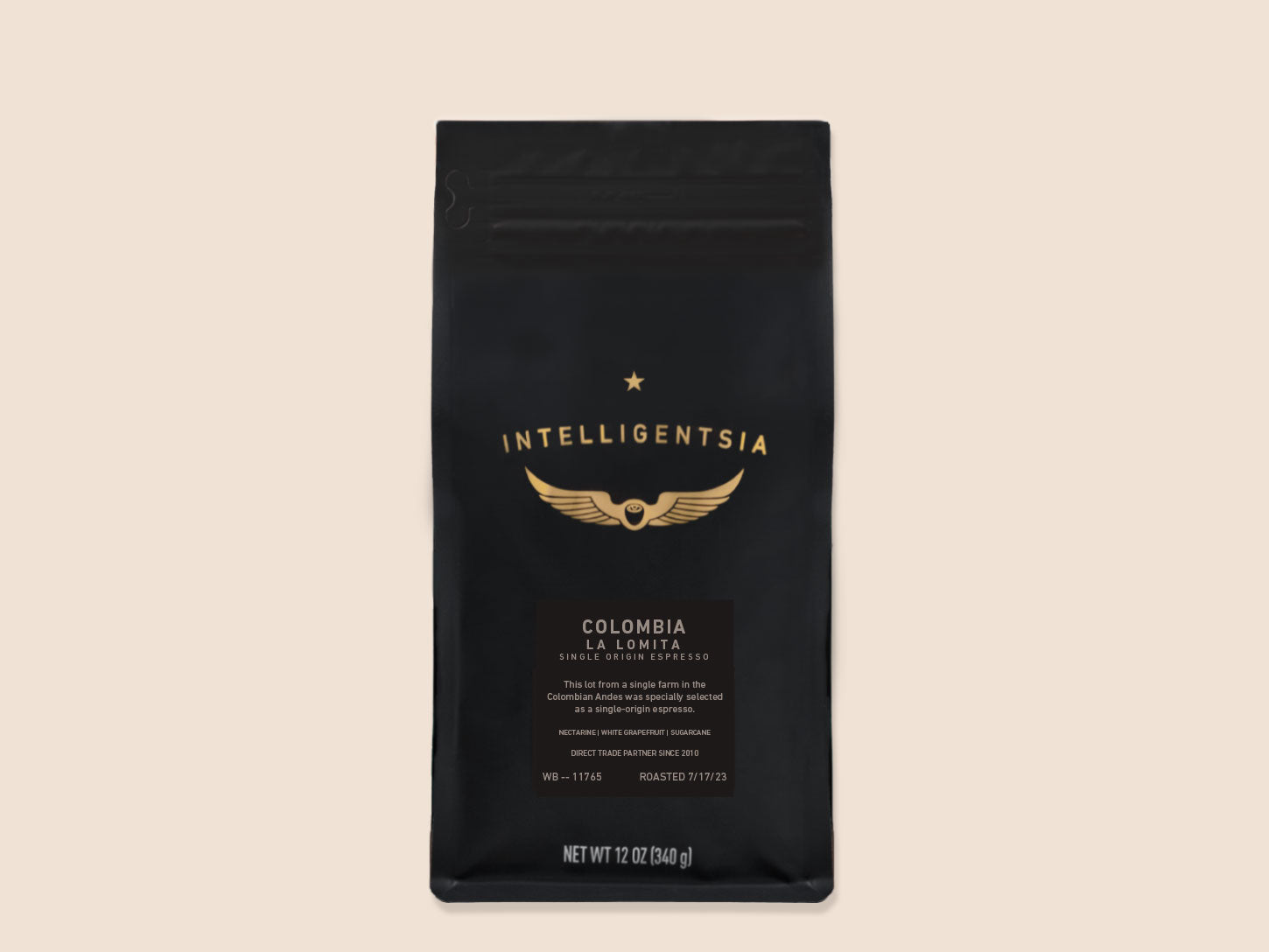Coffee Beans 101: Every Little Thing You Need to Learn About Coffee and Blended Coffee Beans
When it comes to coffee, recognizing the subtleties of coffee and combined beans can transform your daily cup. From the expanding process to toasting techniques, every action plays a duty in your coffee experience.
Recognizing Coffee Beans: Types and Selections
When diving into the world of coffee, comprehending the types and varieties of coffee beans is essential for every fanatic. You'll mostly experience 2 main types: Arabica and Robusta. Arabica beans are understood for their smooth, complicated tastes and reduced high levels of caffeine content, making them a favorite amongst coffee enthusiasts. On the various other hand, Robusta beans load a punch with a more powerful, more bitter preference and higher caffeine levels, typically utilized in espresso blends.
Within these types, you'll locate different local varieties, each bringing special features. Ethiopian Yirgacheffe offers bright floral notes, while Colombian beans give a well-balanced taste profile. As you discover, remember to pay focus to handling techniques like cleaned or all-natural, as they can considerably influence the last preference. By acquainting yourself with these beans and their flavors, you'll boost your coffee experience and make even more enlightened selections in your brewing journey.
The Growing Process: From Seed to Bean
When you explore the trip of coffee, all of it beginnings with seed choice strategies that establish the structure for high quality. From there, growing and collecting play vital duties in guaranteeing the beans prosper. Ultimately, processing methods change those harvested cherries into the coffee beans you love.
Seed Option Strategies
Choosing the ideal seeds is necessary for creating top quality coffee beans, as it lays the foundation for the entire growing procedure. You ought to start by choosing seeds from credible resources that focus on top quality and hereditary diversity. Seek selections known to thrive in your particular environment and dirt problems. Take note of the seed's age and storage space problems, as fresh seeds often tend to sprout much better. When feasible, go with natural seeds to lessen direct exposure to damaging chemicals. Think about the disease resistance of different varieties, as this can greatly influence your yield. Ultimately, don't wait to talk to neighborhood farmers or professionals to acquire understandings right into the best seed choices for your region. This understanding will certainly enhance your coffee-growing experience.
Cultivation and Harvesting
As you support your coffee seeds right into prospering plants, understanding the cultivation and harvesting process is important for attaining the ideal taste and quality. Begin by growing your seeds in well-draining soil, preferably in a shaded area to protect them from direct sunshine. As your plants grow, preserve constant dampness, and bear in mind their requirement for nutrients. Prune frequently to promote airflow and healthy development.
When it comes time to harvest, seek ripe cherries, which generally transform a lively red. Hand-picking is often the very best approach to ensure just the ripest cherries are selected. Timing is essential; gathering prematurely or far too late can affect the flavor account of your beans. Embrace patience and care, as this is where high quality starts.

Handling Approaches Described
When you've gathered your coffee cherries, the next essential action is refining them to change those vibrant fruits into the beans you'll brew. There are two primary methods: the dry process and the damp procedure. In the completely dry procedure, you spread the cherries out in the sunlight to completely dry, enabling the fruit to ferment and pass on unique flavors to the beans. On the other hand, the wet procedure entails removing the fruit instantly and fermenting the beans in water, resulting in a cleaner taste. After handling, the beans are hulled, arranged, and typically dried again. Each approach affects the flavor account, so trying out both can assist you find your preferred mixture. Recognizing these methods is vital to enjoying your coffee experience.
Toasting Strategies: Exactly How Taste Is Created
When it comes to roasting coffee beans, recognizing roast degrees is key to exposing their unique tastes. Each roasting strategy effects the aroma and boosts the taste development process, offering you a richer coffee experience. Allow's check out how these variables come together to boost your daily brew.
Roast Degrees Explained
Roast degrees play an essential duty in shaping the taste account of your coffee. By understanding these degrees, you can much better pick a coffee that matches your preference preferences. Experiment with various roasts to discover which one resonates with you, improving your total coffee experience and pleasure.
Effect on Aroma
The roast degree not just affects the taste of your coffee however additionally substantially influences its aroma. When you select a light roast, you'll frequently observe intense, floral notes that can make your coffee smell lively and fresh. As the beans dim, the aroma shifts; a medium roast brings out a lot more well balanced, caramelized aromas, while a dark roast tends to feature vibrant, great smoky undertones. Each roasting method launches various unstable compounds, forming just how your coffee smells. Furthermore, the freshness of the beans plays a critical role; freshly baked coffee launches extra fragrant oils, boosting that tempting scent. So, focus on the roast level-- it's vital to exposing the complete fragrant experience of your mixture. look at this website
Flavor Development Refine
As you check out the flavor growth procedure, you'll find that roasting strategies play an essential function in shaping the preference profile of your coffee. The roasting temperature level and time directly affect the level of acidity, sweet taste, and resentment of the beans. Light roasts retain more of the bean's original tastes, highlighting floral and fruity notes. Medium roasts equilibrium level of acidity and body, supplying an all-around taste. Dark roasts, on our website the various other hand, draw out strong, smoky features while decreasing the bean's intrinsic top qualities. Throughout roasting, chain reactions, like the Maillard reaction and caramelization, transform the beans and boost their intricacy. Trying out various roasting levels can assist you locate your ideal mixture, so don't wait to taste and discover the abundant range of flavors!
Coffee vs. Blended Coffee: Key Differences
Espresso and mixed coffee each deal one-of-a-kind experiences that deal with various preferences and preferences. Coffee is a focused coffee made by forcing warm water via finely-ground coffee beans, resulting in an abundant, strong taste and a velvety layer of crema on top. It's often appreciated as a shot or utilized as a base for drinks like cappuccinos and cappucinos.
On the other hand, combined coffee incorporates different beans from various areas, developing a more balanced flavor profile. You'll often discover blends that highlight acidity, body, or sweetness, making them versatile for different brewing methods. While espresso concentrates on intensity, mixed coffee may supply a more comprehensive array of tastes that can change with each sip.
Inevitably, your choice in between espresso and combined coffee boils down to your personal preference. Whether you long for a fast shock or a leisurely cup, both alternatives have something delicious to supply.

Brewing Approaches: Opening the Perfect Cup
When it comes to developing coffee, discovering the right method can transform your experience and elevate your mug. Each brewing technique has its distinct charm and can substantially impact your coffee's taste and aroma. As an example, making use of a French press enables you to enjoy a full-bodied and rich mixture, while a pour-over technique offers a tidy, brilliant cup with unique flavors.
If you choose coffee, buying a high quality equipment can help you grasp the art of drawing shots. For benefit, a single-serve case system provides speed without giving up taste.
Don't fail to remember concerning cool brew, which supplies a smooth, less acidic coffee suitable for warm days. Experiment with various methods to find what resonates with your palate.
Tasting Notes: Recognizing Flavor Profiles
Just how can you absolutely value your coffee if you do not understand what flavors to look for? Tasting notes are your guide to recognizing the complicated globe of coffee. Some coffees could leave a chocolatey or caramel aftertaste, while others might have a brilliant, clean coating.
Think about the body of the coffee, as well; is it airy and light or thick and syrupy? Do not fail to remember level of acidity; a bright level of acidity can include spiritedness, while a low level of acidity could give a smoother experience. By determining these taste accounts, you'll grow your link with each cup, making coffee sampling a wonderful trip of exploration.

Tips for Choose and Storage Coffee Beans
Choosing and storing coffee beans properly can greatly improve your developing experience. Beginning by choosing high-grade beans that match your taste - SOE.
As soon as you have your beans, store them in an impermeable container to stop exposure to air, dampness, and light. A dark, great place functions best, so avoid keeping them in the fridge or freezer, as this can present wetness. Just grind the quantity you need to maintain quality; entire beans maintain flavor longer than pre-ground coffee.
Lastly, try to use your beans within two to four weeks after opening up for peak taste. Adhering to these ideas will certainly guarantee your coffee stays delightful and flavorful, elevating your everyday brew to brand-new elevations.
Frequently Asked Concerns
For How Long Do Coffee Beans Keep Fresh After Toasting?
Coffee beans stay fresh for regarding two weeks after toasting - SOE. You must save them in an airtight container, away from light and wetness. Afterwards, visit this site their taste and aroma start to reduce substantially

Can I Mix Different Coffee Bean Varieties?
Definitely, you can blend various coffee bean ranges! Trying out blends can improve tastes and develop a distinct preference profile. Just ensure to stabilize the strengths and qualities of each variety for the very best outcomes.
What Is the Perfect Grind Dimension for Coffee?
For espresso, you'll desire a great work size, about the texture of common salt. This allows suitable removal, leading to a rich, delicious shot. Experiment a bit to find what suits your preference best!
How Does Elevation Affect Coffee Bean Taste?
Elevation influences coffee bean flavor by affecting the development rate and chemical composition. Greater elevations lead to slower growth, which improves acidity and intricacy, providing your coffee a special and vivid preference you won't neglect.
Are There Decaffeinated Variations of Coffee Beans?
Yes, there are decaffeinated versions of coffee beans. You can take pleasure in a rich coffee taste without the high levels of caffeine kick. Just look for "decaf" blends at your neighborhood cafe or specialized store.
Coffee Beans 101: Whatever You Required to Know Regarding Coffee and Blended Coffee Beans.
When diving into the world of coffee, recognizing the types and selections of coffee beans is vital for every lover.When it comes to roasting coffee beans, recognizing roast levels is crucial to exposing their special tastes. Espresso is a focused coffee brewed by compeling warm water with finely-ground coffee beans, resulting in a rich, strong taste and a velvety layer of crema on top.On the other hand, mixed coffee integrates various beans from various regions, creating an extra well balanced flavor account.